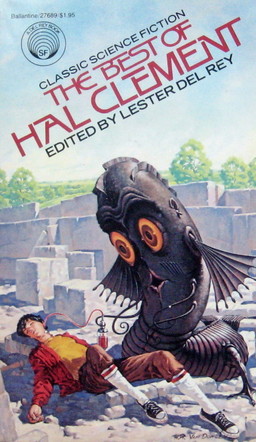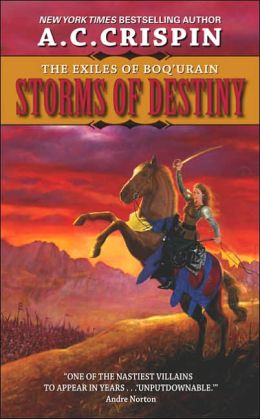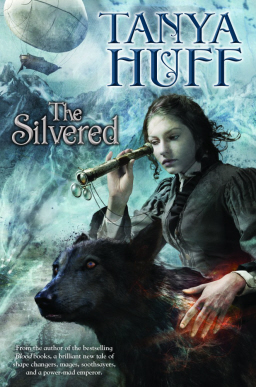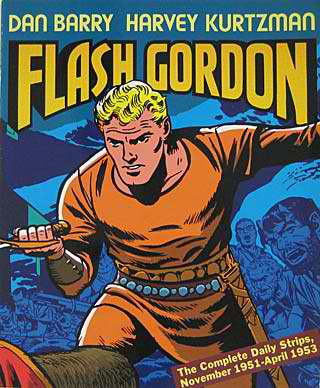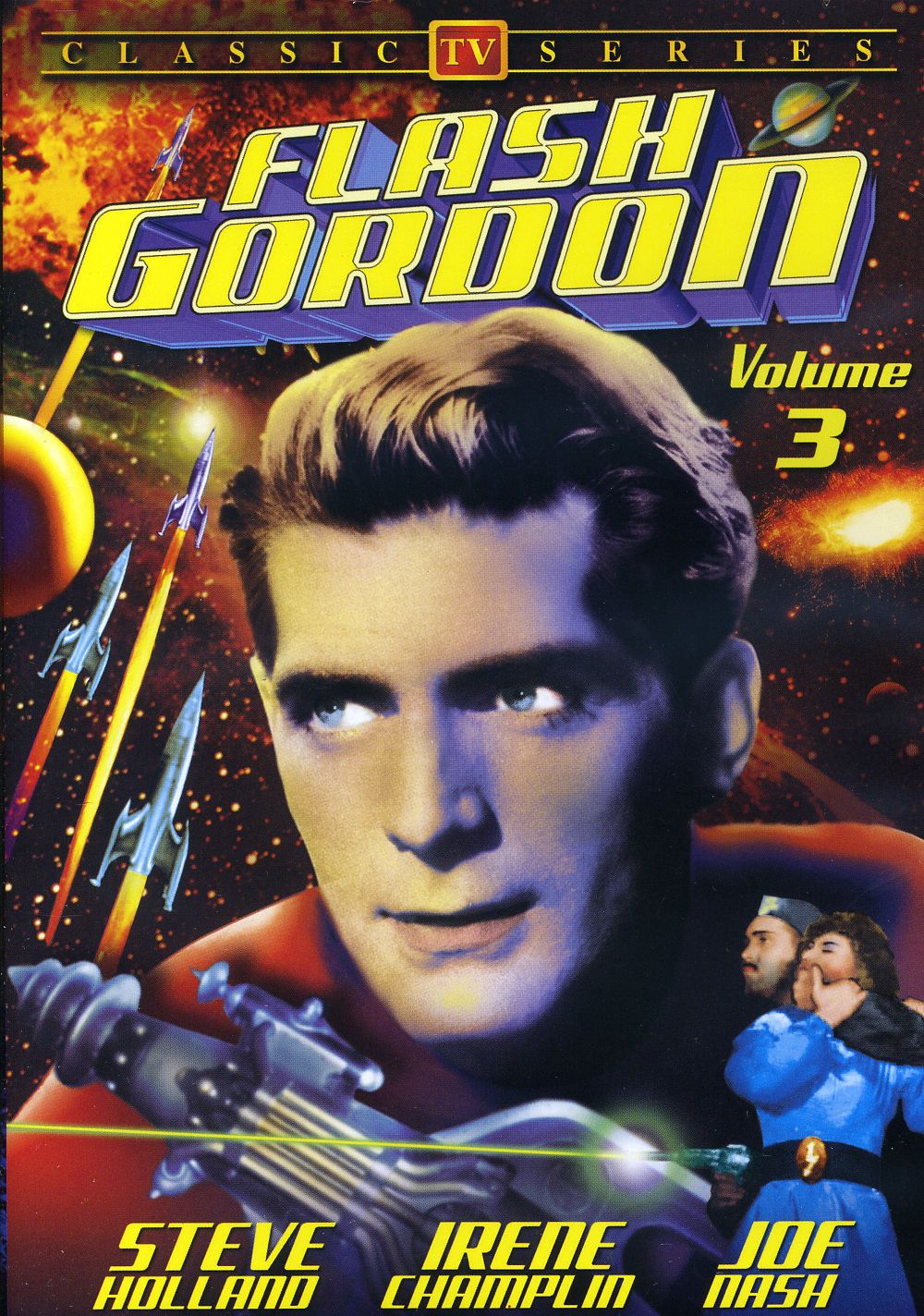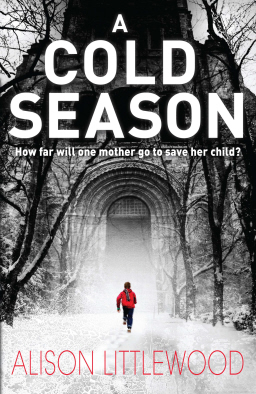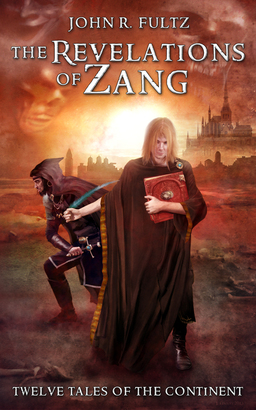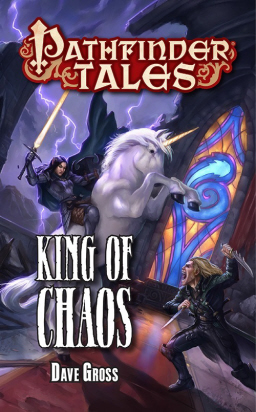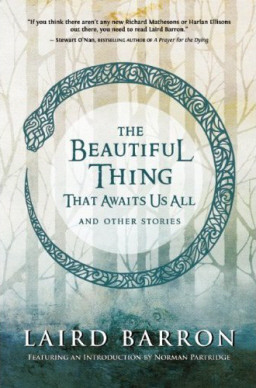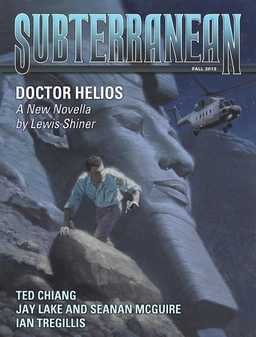Unconcerned with Genre: Lydia Millet’s Oh Pure and Radiant Heart
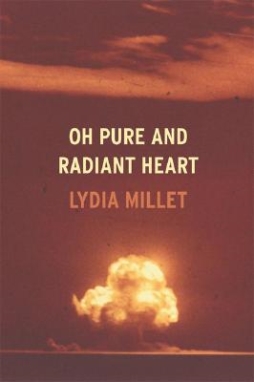 It’s not uncommon for writers of fictions called ‘literary’ to use science-fictional or fantastic elements in their work. And it’s not uncommon for sf readers to suggest that they’re using those elements wrongly, with a lack of understanding of the material they’re working with — usually, depending on the specific case, either because the writer didn’t understand the history of the way the element in question has been treated in prior (genre) works, or simply because they haven’t thought the logic of what they’re doing through in a rigorous way. Personally, I find this is rarely a problem in the fantastic ‘literary’ works that I read. And, intriguingly, when it is a problem, it’s not necessarily a significant problem.
It’s not uncommon for writers of fictions called ‘literary’ to use science-fictional or fantastic elements in their work. And it’s not uncommon for sf readers to suggest that they’re using those elements wrongly, with a lack of understanding of the material they’re working with — usually, depending on the specific case, either because the writer didn’t understand the history of the way the element in question has been treated in prior (genre) works, or simply because they haven’t thought the logic of what they’re doing through in a rigorous way. Personally, I find this is rarely a problem in the fantastic ‘literary’ works that I read. And, intriguingly, when it is a problem, it’s not necessarily a significant problem.
I recently read Lydia Millet’s 2005 novel, Oh Pure and Radiant Heart. Published and promoted as mainstream ‘literary’ fiction, it also contains speculative elements, and was nominated for the Clarke award. It’s an example of what I mean. It’s not an unflawed novel. And perhaps some of the flaws are the kinds that a writer used to genre fiction would naturally avoid. But I don’t think they’re actually critical flaws in the framework of this particular book, which has its interests elsewhere. And, ultimately, the flaws of the book are far outweighed by its successes.
The novel tells a story about Ann and Ben, a librarian and a gardener, who meet three men mysteriously reborn into the year 2003: Robert Oppenheimer, Enrico Fermi, and Leo Szilard — three men who were behind the creation of the atomic bomb. The first quarter of the book brings the cast together, and if it doesn’t explain why the scientists have manifested in the world (just as they were at the moment of the first nuclear explosion at the Trinity test site in 1945, and with no memory of anything after that point) it at least establishes that we’re not likely to get any answers. The second quarter of the book follows Ann, Ben, and the scientists as the three physicists travel to Hiroshima, trying to understand the world of the future. In the third quarter of the book, the physicists, having met an eccentric millionaire in Tokyo, begin a crusade for nuclear disarmament. The last quarter sees the crusade reach a climax with a march and violent conclusion in Washington. Although to say all this in this way shortchanges the strangeness of the book: it’s an often-wonderful piece of extravagance, that lives in a heady mix of symbolism and humanity.
